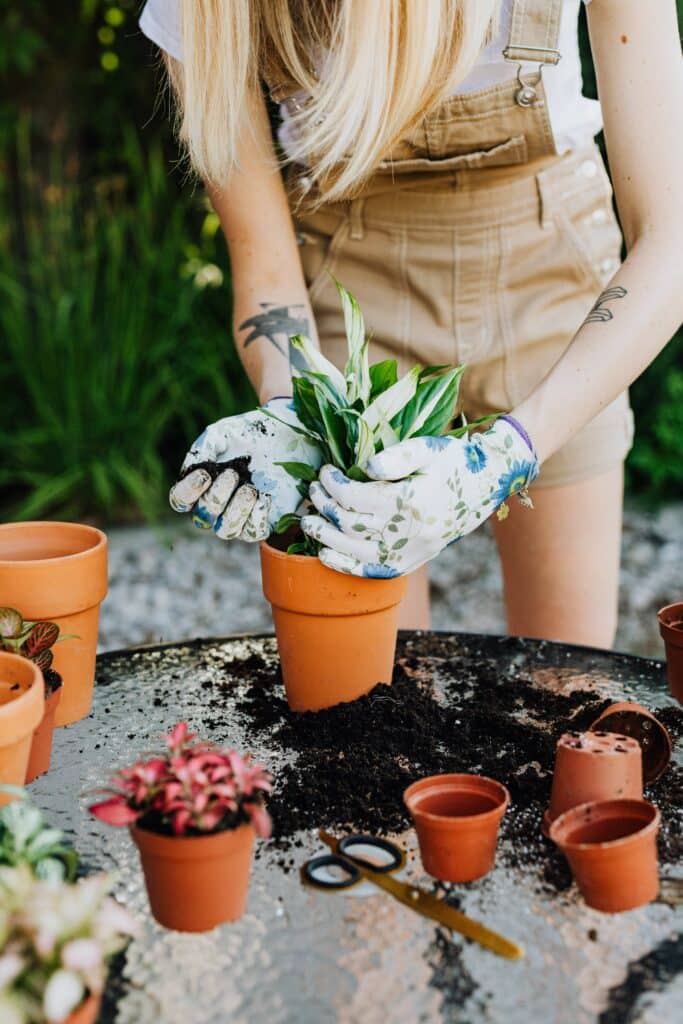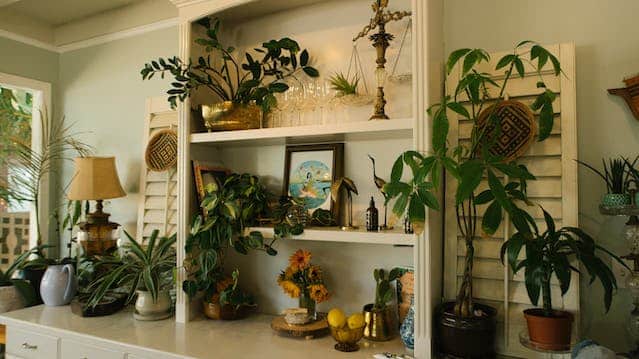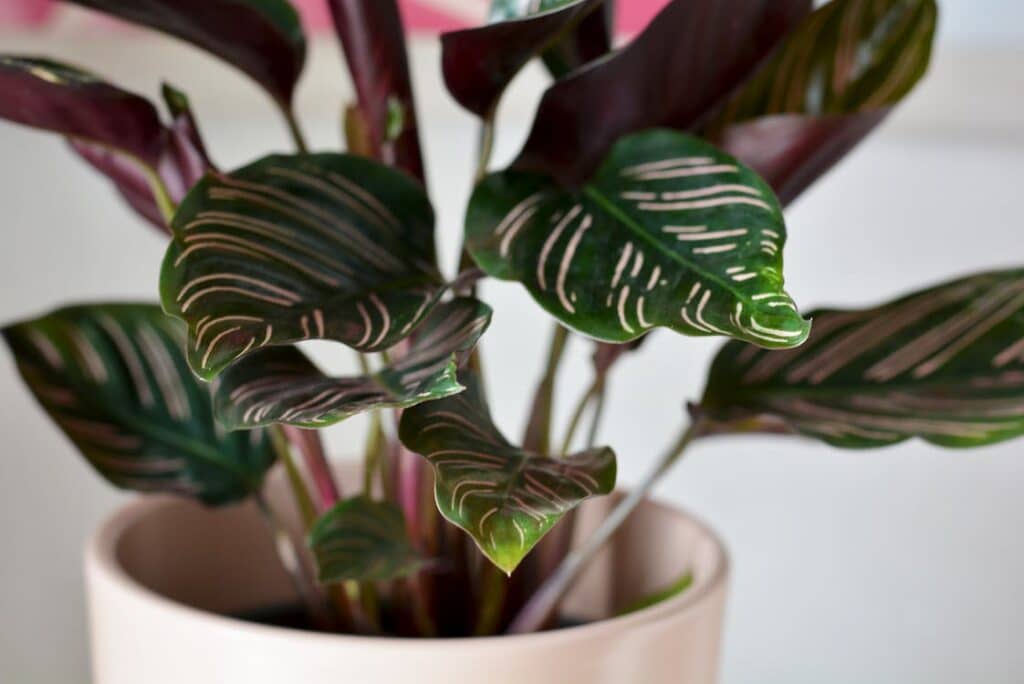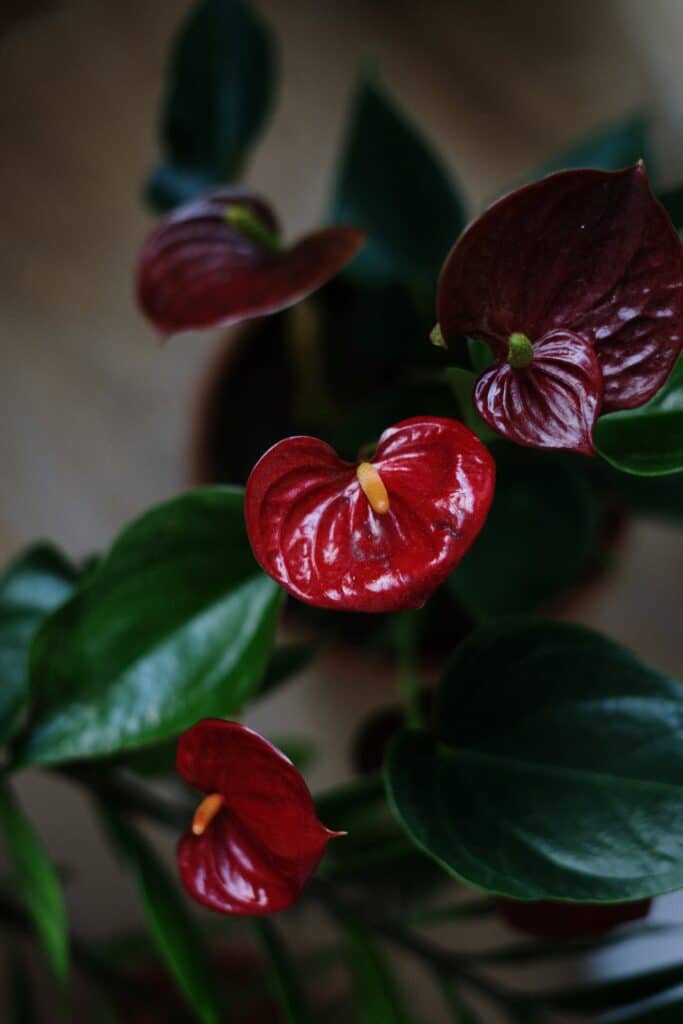Are you thinking, what to use instead of soil for indoor plants? Read this blog to learn about the other soil alternatives for your indoor plants.
Indoor gardening has become increasingly popular, and with it, the need for alternative growing mediums has also grown. Ditch the mess and weight of soil for your indoor plants—discover many alternatives that will leave you delighted! From coconut coir to perlite, this article explores various options that can provide optimal plant growth while reducing the hassle of traditional soil. Discover the possibilities and revolutionize your indoor gardening experience with these alternative growing mediums.

Benefits of using alternative growing mediums
When it comes to growing indoor plants, using alternative growing mediums instead of traditional soil can offer a range of benefits. These alternative mediums provide an alternative to traditional soil, which may not always be the ideal choice for indoor gardening. By using alternative growing mediums, you can create a more controlled environment for your plants and ensure their optimal growth and health.
Factors to consider when choosing alternative growing mediums
Before diving into the specifics of different alternative growing mediums, it is important to consider a few factors that can help you make the right choice for your indoor plants. Firstly, think about the moisture retention capabilities of the medium. Different plants have different water requirements, and you’ll want to choose a medium that aligns with those needs. Secondly, consider the nutrient-holding capacity of the medium. Some plants require more nutrients than others, so it’s important to choose a medium that can provide those essential nutrients. Finally, consider the pH level of the medium. Some plants thrive in acidic environments, while others prefer alkaline conditions. By considering these factors, you can choose the best alternative growing medium for your indoor plants.
Coconut Coir
The outer husk of coconuts yields coconut coir, or coco peat, a favored alternative growing medium. Indoor gardening enthusiasts often choose it for its impressive moisture retention and capacity to aerate plant roots effectively. Coconut coir, with its pH-neutral nature, proves suitable for a broad range of plants. Its notable high cation exchange capacity allows it to grasp and dispense nutrients to plants as required. Moreover, this sustainable option arises as a byproduct of the coconut industry.
Perlite
Perlite, a lightweight material crafted from heated and expanded volcanic glass, widely finds use in indoor gardening as an alternative growing medium. It ensures optimal plant root conditions by delivering excellent drainage and aeration, preventing waterlogging and promoting proper root development. Its neutral pH extends its suitability to a diverse range of plants. Gardeners often combine perlite with other mediums to ensure adequate nutrient supply, given its characteristic of not retaining nutrients.
Vermiculite
Vermiculite is a natural mineral that is often used as an alternative growing medium. It has excellent water retention capabilities, making it ideal for plants that require consistent moisture. Vermiculite is sterile and free of pests, providing a clean and healthy environment for your indoor plants. It also has a high cation exchange capacity, allowing it to hold onto and release nutrients as needed. However, it is important to note that vermiculite has a high pH, so it may need to be balanced with other mediums or acidifying agents for plants that prefer acidic conditions.

Peat Moss
Peat moss is a widely used alternative growing medium that is derived from decomposed plant material found in bogs. It has excellent water retention capabilities and can hold up to 20 times its weight in water. Peat moss provides good aeration to the roots and has a slightly acidic pH, making it suitable for acid-loving plants. However, it is important to consider the environmental impact of using peat moss, as its extraction can contribute to the depletion of peat bogs, which are important carbon sinks.
Rockwool
Rockwool, also known as mineral wool or stone wool, is a popular choice among hydroponic growers as an alternative growing medium. It is made from molten rock spun into fibers, which creates a porous and lightweight material. Rockwool provides excellent drainage and aeration to the roots, preventing waterlogging and promoting healthy growth. It has a neutral pH and can hold onto and release nutrients as needed. However, it is important to handle rockwool with care, as the fibers can be irritating to the skin and respiratory system.
Expanded Clay Pellets (Hydroton)
Expanded clay pellets, also known as hydroton, are lightweight clay balls that are widely used in hydroponic systems as an alternative growing medium. These porous pellets provide excellent drainage and aeration to the roots, allowing for adequate oxygen supply. Additionally, hydroton is inert and pH-neutral, making it suitable for a wide range of plants. It does not hold onto nutrients, so regular nutrient supplementation is necessary for the plants.
Coco Chips
Coco chips, similar to coconut coir, are a byproduct of the coconut industry and make an excellent alternative growing medium. These chips are made from the fibrous material found between the coconut’s shell and the husk. Coco chips have good moisture retention capabilities and provide aeration to the roots. They are pH-neutral and can hold onto and release nutrients as needed. Coco chips are also resistant to decomposition, making them a long-lasting option for indoor gardening.

Rice Hulls
Rice hulls are another alternative growing medium that can be used for indoor plants. These are the outer protective coverings of rice grains and are readily available in agricultural regions. Rice hulls have good drainage properties and provide aeration to the roots. They are lightweight and pH-neutral, making them suitable for a variety of plants. However, rice hulls do not provide any nutritional value to the plants, so regular fertilization is necessary.
Compost
Compost, made from decomposed organic matter, can be a beneficial alternative growing medium for indoor plants. It has good water retention capabilities and provides nutrients to the plants as it breaks down. Compost creates a healthy and nutrient-rich environment for your plants to thrive. It is important to use well-composted materials to avoid any potential pests or diseases.
Sphagnum Moss
Sphagnum moss, also known as peat moss, is a natural alternative growing medium that is widely used in terrariums and indoor gardening. It has excellent water retention capabilities and provides good aeration to the roots. Sphagnum moss has a slightly acidic pH, making it suitable for acid-loving plants. It also has antibacterial and antifungal properties, which can help prevent diseases in your plants.
Bark
Bark, specifically pine bark, can be used as an alternative growing medium for indoor plants. It provides good drainage and aeration to the roots. Bark is commonly used for orchids and other epiphytic plants that require a well-draining medium. However, it is important to consider the size of the bark particles, as larger particles may not provide sufficient support to smaller plants.
Sand
Sand can be used as an alternative growing medium for certain types of plants, particularly succulents and cacti. It provides good drainage and prevents waterlogging, which is essential for these types of plants. Sand is pH-neutral and does not hold onto nutrients, so regular fertilization is necessary. It is important to choose horticultural sand specifically, as regular sand may contain salts and impurities that can harm your plants.
Aeroponics
Aeroponics is a unique alternative growing method that involves growing plants in an air or mist environment, without the use of soil or any other growing medium. The plant roots are suspended in air or mist and are continuously sprayed with a nutrient-rich solution. This method offers many benefits, including faster growth rates, increased nutrient uptake, and reduced water usage. However, aeroponics requires a more advanced setup and is not suitable for all types of plants.
Aquaponics
Aquaponics is another alternative growing method that combines aquaculture (raising fish) with hydroponics (growing plants without soil). In an aquaponic system, fish waste provides nutrients for the plants, while the plants filter and clean the water for the fish. This symbiotic relationship creates a sustainable and self-contained ecosystem. Aquaponics offers numerous benefits, such as efficient use of resources, reduced water consumption, and the ability to grow both fish and plants in a single system.
Hydroponics
Hydroponics is a popular alternative growing method that involves growing plants in a nutrient-rich water solution, without the use of soil. Various hydroponic systems exist, including nutrient film technique, deep water culture, and ebb and flow. Hydroponics offers several advantages, including faster growth rates, greater control over nutrient levels, and the ability to grow plants in limited spaces. It is important to closely monitor and adjust the nutrient levels in hydroponic systems to ensure optimal plant growth.
Grow Bags
Grow bags are an alternative growing container that can be used with various growing mediums. These bags are typically made from fabric or plastic and have small pores that allow for proper drainage and aeration. Grow bags are portable, lightweight, and easy to use. They can be filled with your chosen growing medium and are suitable for a wide range of plants. Grow bags also promote healthy root development by preventing root circling that can occur in traditional pots.
Conclusion
Regarding indoor gardening, using alternative growing mediums can offer numerous benefits. From coconut coir and perlite to vermiculite and rockwool, various options are available to suit different plant needs. Factors such as moisture retention, nutrient-holding capacity, and pH level should be considered when choosing the most suitable growing medium for your indoor plants. Whether you opt for hydroponics, aeroponics, or traditional pots with alternative mediums, experimenting with different options can lead to healthier and more successful indoor gardening experiences. So ditch the traditional soil and get creative with alternative growing mediums to watch your indoor plants thrive and flourish.




